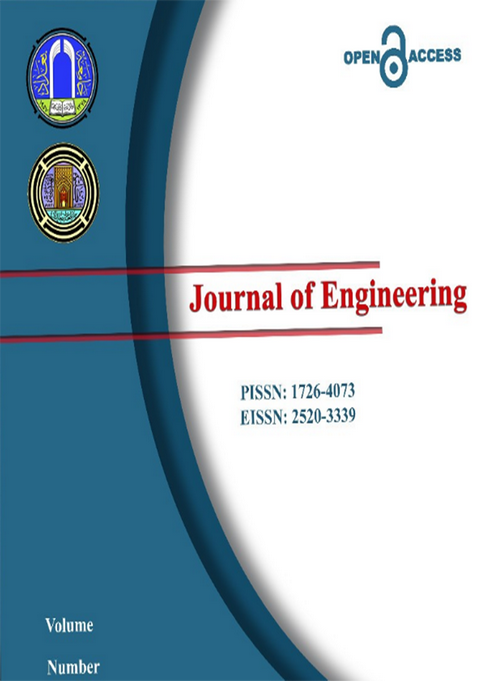Abstract
In engineering, the ground in seismically active places may be subjected to static and seismic
stresses. To avoid bearing capacity collapse, increasing the system\'s dynamic rigidity,
and/or reducing dynamic fluctuations, it may be required to employ deep foundations
instead of shallow ones. The axial aptitude and pipe pile distribution of load under static
conditions have been well reported, but more study is needed to understand the dynamic
axial response. Therefore, this research discusses the outputs of the 3D finite element
models on the soil-pile behavior under different acceleration intensities and soil states by
using MIDAS GTS NX. The pipe pile was represented as a simple elastic, and a modified Mohr-
Coulomb model was used to describe the surrounding soil layers. When low acceleration
was introduced in the early stages, positive frictional resistance (i.e., in dry soil, the FR was
about 1.61, 1.98, and 0.9 Mpa under Kobe, Halabja, and Ali Algharbi earthquakes,
respectively) was recorded. However, as the acceleration increased (from PGA of 0.1 g and
0.102 g to 0.82 g), the resistance reduced and eventually turned negative. In this study, both
internal and exterior frictional resistance were measured. It was found that the soil state and
acceleration intensity both have a noticeable effect on the failure process, i.e., the maximum
plug soil resistance decreased by about 55% by changing the soil condition from a dry to a
saturated state under the recorded data of the Kobe earthquake. A rough estimation of the
long-term settlements at the shaken soil surface is meant to be included in the results of this
research.
stresses. To avoid bearing capacity collapse, increasing the system\'s dynamic rigidity,
and/or reducing dynamic fluctuations, it may be required to employ deep foundations
instead of shallow ones. The axial aptitude and pipe pile distribution of load under static
conditions have been well reported, but more study is needed to understand the dynamic
axial response. Therefore, this research discusses the outputs of the 3D finite element
models on the soil-pile behavior under different acceleration intensities and soil states by
using MIDAS GTS NX. The pipe pile was represented as a simple elastic, and a modified Mohr-
Coulomb model was used to describe the surrounding soil layers. When low acceleration
was introduced in the early stages, positive frictional resistance (i.e., in dry soil, the FR was
about 1.61, 1.98, and 0.9 Mpa under Kobe, Halabja, and Ali Algharbi earthquakes,
respectively) was recorded. However, as the acceleration increased (from PGA of 0.1 g and
0.102 g to 0.82 g), the resistance reduced and eventually turned negative. In this study, both
internal and exterior frictional resistance were measured. It was found that the soil state and
acceleration intensity both have a noticeable effect on the failure process, i.e., the maximum
plug soil resistance decreased by about 55% by changing the soil condition from a dry to a
saturated state under the recorded data of the Kobe earthquake. A rough estimation of the
long-term settlements at the shaken soil surface is meant to be included in the results of this
research.
Keywords
3D Finite Element
Axial response
Frictional resistance
Seismic load
Settlement.
